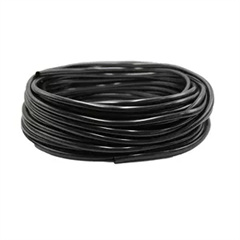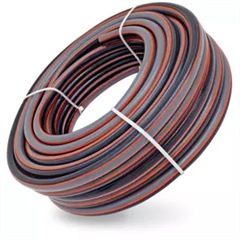Shoveling snow might seem straightforward, but it’s important to approach it with care to prevent injuries and make the task more efficient. Here are some tips for the art of shoveling snow:
- Dress Appropriately: Wear warm, layered clothing to protect yourself from the cold. Don’t forget gloves, a hat, and a scarf. Proper footwear with good traction is essential to prevent slipping on icy surfaces.
- Warm Up: Treat shoveling like exercise. Spend a few minutes stretching and warming up your muscles before you start. This can help prevent strains and other injuries.
- Choose the Right Shovel: Use a shovel with an ergonomic handle and a blade that suits your needs. A wide blade can help you lift larger amounts of snow, while a smaller blade is better for heavy, wet snow.
- Use Proper Technique:
- Lift with Your Legs: Bend at the hips and knees, not your back, when lifting snow. Use the strength of your legs to lift the snow.
- Avoid Twisting: When you throw snow, pivot your whole body rather than twisting your back. Twisting motions can strain your back.
- Push Instead of Lift: For light snow or when clearing larger areas, consider pushing the snow instead of lifting it.
- Pace Yourself: Take breaks every 15-20 minutes, especially during heavy snowfall. Overexertion can lead to fatigue and injuries.
- Small, Light Loads: Try to take smaller amounts of snow with each shovel load. This makes the lifting and throwing easier and reduces strain on your body.
- Clear Fresh Snow: If possible, clear snow while it’s still falling. Fresh snow is lighter and easier to move compared to compacted or partially melted snow.
- Proper Snow Removal Order: Start by shoveling a path down the middle of the area you need to clear, then work your way outward. This prevents you from having to throw snow over previously cleared areas.
- Use Salt or Sand: After shoveling, apply salt or sand to icy surfaces to improve traction and prevent slipping.
- Stay Hydrated: Even in cold weather, shoveling can be physically demanding. Keep a water bottle nearby and stay hydrated.
- Listen to Your Body: If you experience chest pain, shortness of breath, or feel dizzy, stop shoveling immediately and seek medical attention if necessary.
- Avoid Overexertion: Shoveling can be strenuous. If you have any health conditions or concerns, consider asking for help or hiring a snow removal service.
- Prevent Frostbite: Cold temperatures can lead to frostbite, especially on exposed skin. Take breaks to warm up, and if you start feeling numbness or tingling in your extremities, go indoors.
- Clear Snow Early and Often: Regularly clearing smaller amounts of snow can be easier on your body than waiting for a heavy accumulation to build up.
- Consider Snow Removal Tools: If shoveling is challenging for you, consider investing in a snow blower or hiring a snow removal service.
Remember that safety is paramount when shoveling snow. Take your time, use proper techniques, and don’t hesitate to ask for assistance if needed.
































